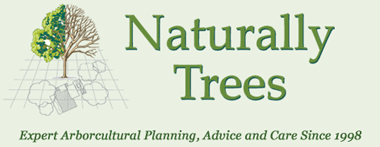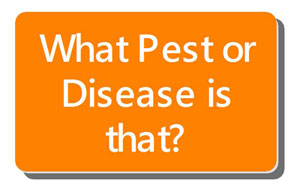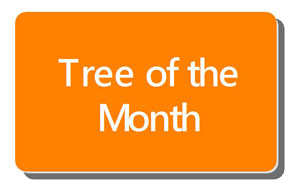Arborist Reports
Need a comprehensive arborist report in Sydney ?
During previous years the level of sophistication of arboricultural reporting demanded by government, organisations and individuals has increased. Naturally Trees arborist’s reports contain a full scientific explanation of the issues, conclusions and recommendations. We provide precise recommendations relating to tree retention, removal and construction issues rather than just generic statements.
Our qualified AQF5 Arborists have specific experience in construction and tree matters enabling us to provide a practical approach. We provide impartial, practical recommendations to help you reach achievable and realistic outcomes.
We provide a comprehensive range of arborist report types including but not limited to:
- Tree health and condition reports
- Tree hazard/risk assessment reports
- Tree root inspection reports
- Construction impact appraisal and method statement reports (to assist with development applications)
An Arborist report can assist with development applications and complying development
Construction sites are hostile places for trees and that limitation has to be recognised when deciding which trees to keep. Development is about compromises and trees are just one of the many competing priorities that planners have to weigh up before making a decision.
In compiling an arborist report, our consultants strive to come up with practical and innovative solutions to the technical problems that can occur on development sites. From our years of experience, we understand what works and what does not. Our solutions assist in keeping the good trees so developers and site owners can maximise their financial returns.
To avoid conflicting issues between trees and structures, careful planning and expert advice is essential at the planning and design stages of a development. Below are examples where Naturally Trees can assist in the development application process through the provision of inspections, advice and a formal arborist report for your Sydney property:
Pre-design stage
Informal site visit: These visits are used to discuss informal advice on the constraints and the development potential of a site. This is a popular way for a developer or site owner to gain a broad understanding of a development before committing to purchase a site.
Identifying the constraints within a site can provide effective planning strategies that do not waste time on preparing detailed proposals with a low chance of success.
Tree constraints plan: A detailed tree constraints plan identifies the area available for development on a plan. The plan is intended to guide the design process and is not necessarily needed as supporting information with a DA submission.
The tree constraints plan shows the space available for buildings and infrastructure. This visual information helps maximise the development potential, while minimising conflict with significant trees. The plan is beneficial to the applicant because it delays the time and cost of preparing a detailed tree protection proposal until the final layout has been agreed.
Design stage
Arboricultural impact appraisal and method statement: This is the principal arborist report that supports the development application and where there may be an impact on trees. It correlates tree details, what the impact of the proposal will be and how the retained trees will be protected during the proposed development.
Its focus is a tree management plan ( view sample) showing all the trees by number and category, the location of the proposed development and the location of the proposed tree protection areas.
Post-design stage
Site supervision and compliance certification: Planning conditions often require arboricultural supervision to oversee conflicts within tree protection zones. Details of the supervision are submitted through a written certification of compliance to satisfy council monitoring requirements



